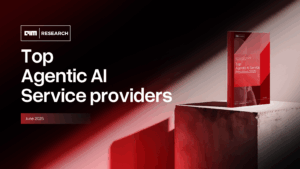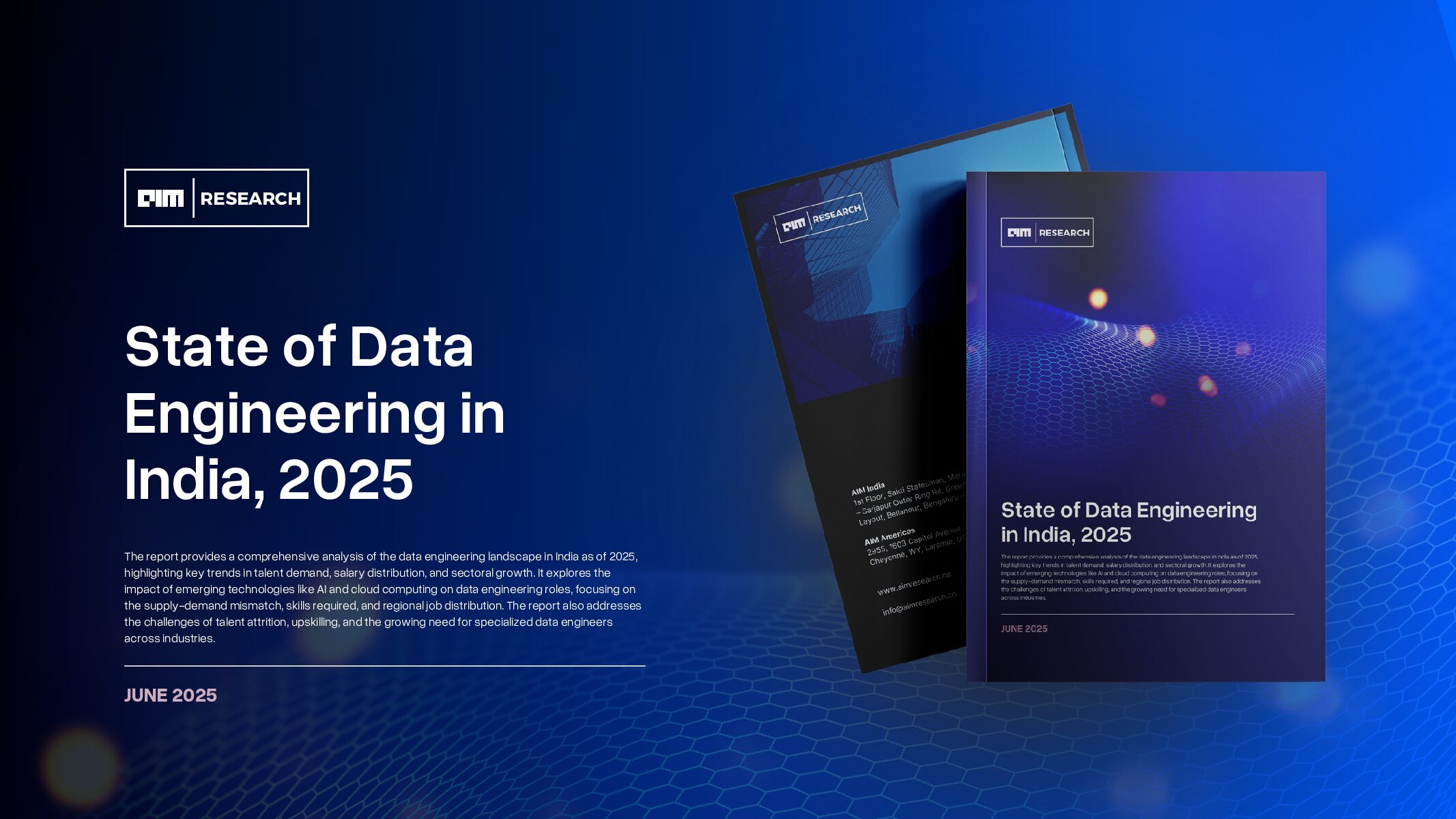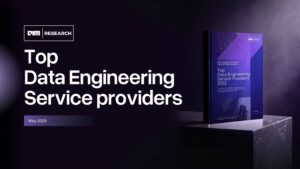Top Data Science Service Providers – PeMa Quadrant 2024
- By AIM Research
- Published on
AIM Research's annual initiative to recognize leading Data Science Service Providers sets an industry standard, helping businesses quickly assess the potential of vendors.
















